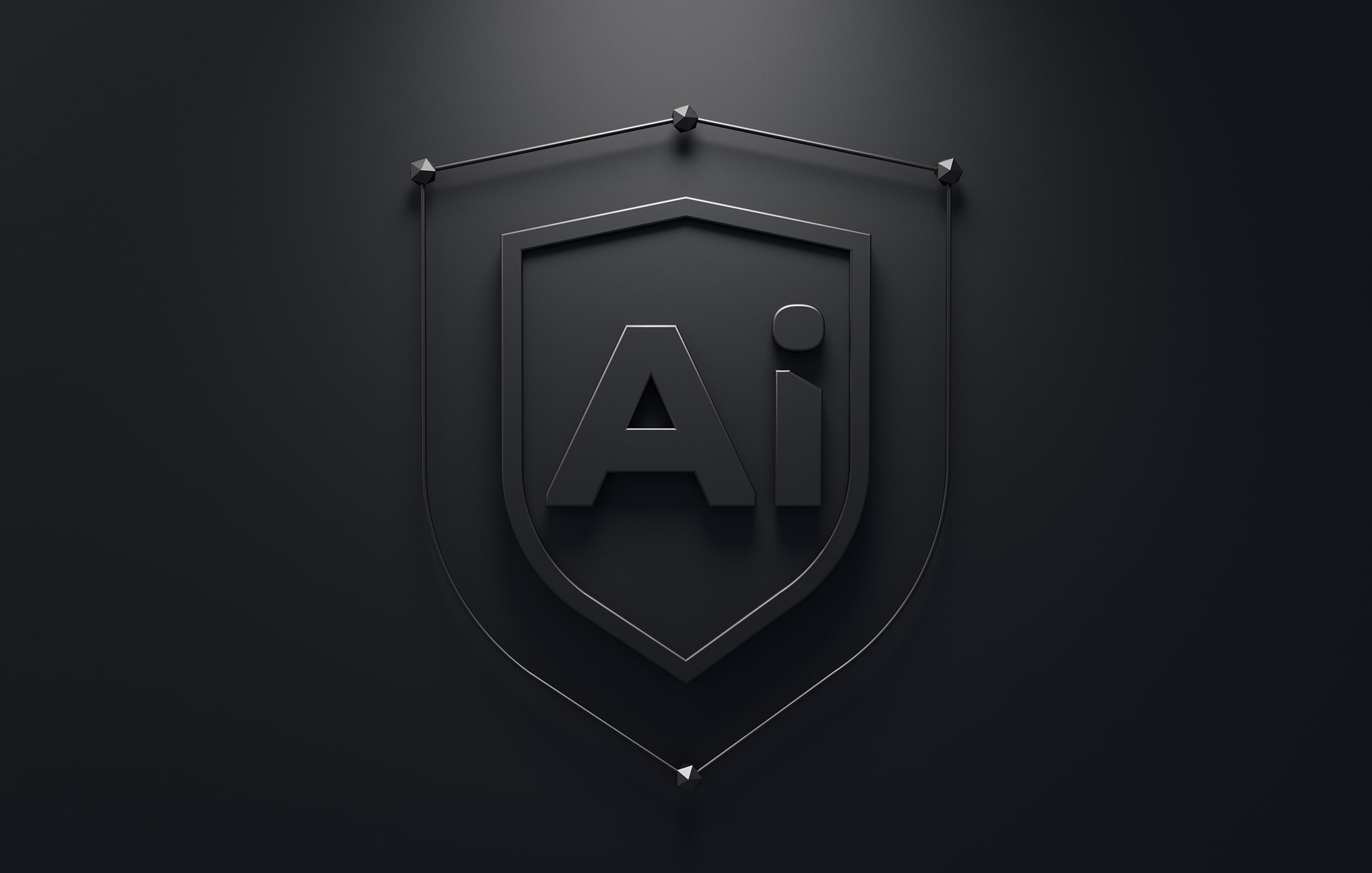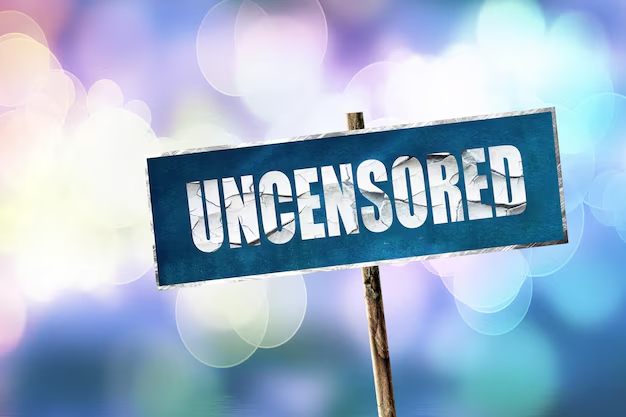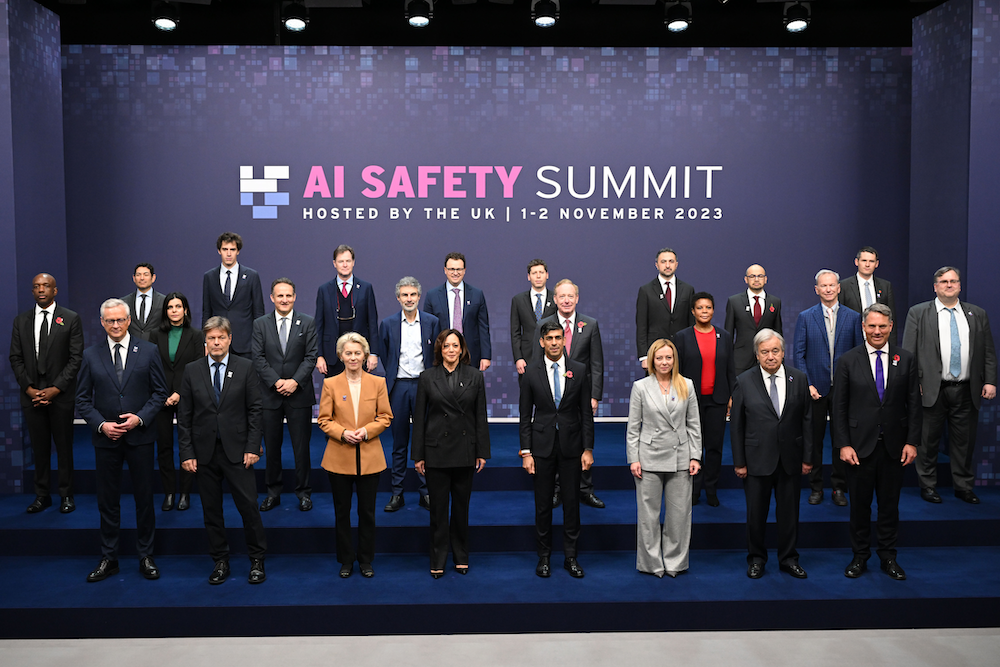- Latest News about Uncensored AI
- AI Uncensored Safety: Exploring Unrestricted AI World
AI Uncensored Safety: Exploring Unrestricted AI World
In an era where artificial intelligence is transforming every facet of our lives, the idea of uncensored AI stands out as both a thrilling and daunting frontier. Unleashing the full potential of AI without the traditional constraints allows for unprecedented creativity and innovation. However, with this newfound freedom comes a complex web of ethical and safety considerations. As uncensored AI platforms grow in popularity, understanding their benefits and risks becomes essential for navigating this uncharted territory responsibly. Dive into this exploration as we unravel the intricate dynamics of uncensored AI and its implications for our future.

Uncensored AI Basics
The world of artificial intelligence is evolving rapidly, and at the forefront of this evolution is the concept of uncensored AI. But what exactly does uncensored AI mean, and why is it garnering so much attention?

Uncensored AI Definition
Uncensored AI refers to artificial intelligence systems that operate without the typical restrictions or filters imposed by developers or platforms. Unlike traditional AI models that are bound by specific guidelines to ensure safe and appropriate interactions, uncensored AI models are designed to provide unfiltered responses. This means they can generate content and insights that are not limited by pre-defined ethical or moral constraints. The idea is to allow AI to express its full potential, fostering creativity and innovation without the usual limitations.
Unrestricted AI Platform Growth
The growth of unrestricted AI platforms has been remarkable. As more developers and companies seek to push the boundaries of what AI can do, platforms offering unrestricted AI capabilities are on the rise. These platforms provide users with access to various large language models (LLMs) and other AI tools without the typical barriers. This surge is largely driven by the demand for more flexible and powerful AI applications that can cater to diverse needs, from creative writing and coding to more complex problem-solving tasks.
Benefits & Concerns Overview
The benefits of uncensored AI are substantial. On one hand, it unlocks new possibilities for creativity and innovation. Users can explore uncharted territories in fields like art, literature, and technology, creating unique and groundbreaking work. Additionally, uncensored AI can offer more authentic and human-like interactions, as it is not bound by the usual constraints.
However, these advantages come hand in hand with significant concerns. The lack of censorship can lead to the generation of inappropriate or harmful content, posing ethical and safety challenges. There is also the risk of misuse, where users could exploit uncensored AI for malicious purposes. As such, a careful balance between freedom of expression and responsible usage is crucial to harness the full potential of uncensored AI while mitigating its risks.
Uncensored Chat Technology Insights
As uncensored AI continues to advance, one of its most intriguing applications is in the realm of chat technology. Understanding how uncensored chat mechanics differ from traditional AI chatbots is essential for appreciating their unique potential and the challenges they present.

Uncensored Chat Mechanics
Uncensored chat technology operates by utilizing AI models that are free from typical constraints, allowing for more open and unrestricted dialogue. These systems are designed to simulate human-like interactions without the usual filters that govern conventional chatbot responses. This means users can engage in conversations that are not bound by pre-set rules regarding language, topics, or opinions. The mechanics of uncensored chat involve complex algorithms that can process and generate responses based on vast datasets, enabling a more dynamic and fluid conversation experience.
Traditional AI Chatbot Comparison
In contrast, traditional AI chatbots are programmed with specific guidelines to ensure safe and appropriate interactions. These chatbots are typically equipped with filters that prevent the generation of offensive or harmful content. They follow strict protocols to maintain a certain level of decorum, often resulting in responses that can feel scripted or limited. While traditional bots excel in providing reliable and consistent answers, their restricted nature can sometimes hinder the natural flow of conversation.
Built-in Safeguards & Limits
Despite the unrestricted nature of uncensored chat technology, there are still some built-in safeguards to prevent complete chaos. Developers of uncensored AI platforms often incorporate certain limits to ensure that the interactions do not become excessively inappropriate or damaging. These safeguards might include basic monitoring systems or user reporting mechanisms to identify and address problematic content. However, the balance between maintaining user freedom and enforcing safety measures remains a delicate challenge, requiring ongoing refinement and ethical consideration.
Uncensored AI Safety Analysis
As the use of uncensored AI becomes more widespread, understanding its safety implications is crucial. This section delves into the risks and challenges associated with uncensored AI, explores strategies for user protection, and discusses the delicate balance between freedom and responsibility.

Risk & Challenge Assessment
The primary risk associated with uncensored AI is its potential to generate harmful or inappropriate content. Without the typical filters, these AI systems might produce offensive language, misinformation, or even content that incites violence. Such risks pose significant challenges not only for individual users but also for society at large, as the dissemination of harmful content can have far-reaching consequences. Additionally, there's the threat of misuse, where individuals may exploit uncensored AI for malicious activities, including cyberbullying, harassment, or spreading propaganda.
User Protection Strategies
To mitigate these risks, several user protection strategies must be implemented. One of the most effective approaches is incorporating robust monitoring systems that can quickly detect and flag inappropriate content. AI developers can also provide users with tools to customize their interactions, allowing them to set personal boundaries and filters according to their comfort levels. Education plays a critical role as well; equipping users with the knowledge and skills to engage safely with uncensored AI systems can significantly reduce the potential for harm. Finally, platforms can establish clear community guidelines and reporting mechanisms to empower users to report issues and contribute to a safer online environment.
Freedom & Responsibility Balance
Striking a balance between freedom and responsibility is perhaps the most challenging aspect of uncensored AI safety. On one hand, the essence of uncensored AI lies in its ability to operate without constraints, enabling users to explore new creative and intellectual territories. On the other hand, this freedom must be exercised responsibly to prevent harm and ensure ethical usage. It is essential for both developers and users to acknowledge their roles in maintaining this balance. Developers should strive to design AI systems that promote positive and constructive interactions, while users must be aware of the ethical implications of their actions and use these powerful tools responsibly.
Uncensored Image Generation Examination
The rise of uncensored AI extends beyond text-based interactions, significantly impacting the world of image creation. As AI becomes adept at generating images, it opens up a realm of possibilities and ethical considerations.
AI Image Creation Capabilities
AI's capabilities in image creation have reached impressive levels, allowing users to generate stunning visuals from mere text descriptions. These systems can produce intricate artwork, realistic photographs, and imaginative designs that push the boundaries of creativity. The technology relies on sophisticated algorithms trained on vast datasets, enabling AI to understand and interpret complex visual concepts. This capability not only democratizes art creation but also provides powerful tools for industries like advertising, entertainment, and design, where innovative visuals are in high demand.
Unrestricted Creativity Ethics
While the potential for unrestricted creativity is exciting, it also raises important ethical questions. When AI can create any image without censorship, there is a risk of generating content that is offensive, misleading, or harmful. The absence of restrictions means that users could produce images that violate societal norms or intellectual property rights. This ethical dilemma highlights the need for a framework that guides the responsible use of AI image generation. It is crucial to consider the impact of these images on individuals and communities, as well as the potential for misuse in spreading false information or harmful stereotypes.
Responsible Image Tool Usage
To navigate these ethical waters, responsible usage of AI image tools is imperative. Users must be educated about the potential consequences of their creations and encouraged to adhere to ethical guidelines that promote respectful and constructive content. AI developers can assist by providing features that allow users to set preferences or limitations on the types of images generated. Additionally, platforms can implement community standards and reporting mechanisms to address violations and encourage accountability. By fostering a culture of responsibility, we can harness the creative potential of uncensored image generation while minimizing its risks.
Informed Decision-Making Process
As we navigate the evolving landscape of uncensored AI, making informed decisions is crucial for harnessing its benefits while mitigating its risks. This section outlines the pros and cons of uncensored AI, provides guidelines for safe engagement, and explores the future of AI safety and ethics.
Uncensored AI Pros & Cons Evaluation
Evaluating the pros and cons of uncensored AI is essential for understanding its full impact. On the upside, uncensored AI offers unparalleled freedom and flexibility. It enables creative expression without the typical constraints, allowing users to explore new ideas and innovations. This can lead to breakthroughs in various fields, from art and literature to technology and education. Moreover, the authenticity of interactions with uncensored AI can provide more genuine human-like experiences.
However, these advantages come with notable drawbacks. The lack of restrictions can result in the generation of harmful or inappropriate content, posing ethical and safety concerns. There is also the potential for misuse, where individuals might exploit uncensored AI for malicious purposes. These risks necessitate a careful consideration of how uncensored AI is deployed and used.
Safe Engagement Guidelines
To safely engage with uncensored AI, users should adhere to specific guidelines designed to mitigate risks. First, users should educate themselves about the capabilities and limitations of the AI systems they interact with. Understanding how these systems work can empower users to make informed decisions about their interactions. Additionally, users should set personal boundaries and limits, customizing their experience to align with their comfort levels. Platforms can support safe engagement by providing clear community guidelines and robust reporting mechanisms, allowing users to flag inappropriate content or behavior. Finally, fostering open communication between developers and users can help address concerns and improve the technology's safety features.
AI Safety & Ethics Future Outlook
Looking ahead, the future of AI safety and ethics will likely involve ongoing dialogue and collaboration between developers, users, and policymakers. As AI technology continues to advance, it is crucial to establish ethical frameworks that guide its development and usage. This includes creating standards for responsible AI design, implementing effective safeguards against misuse, and ensuring transparency in AI operations. Additionally, fostering a culture of accountability and responsibility among users and developers is vital for maintaining a healthy balance between innovation and ethical considerations. By addressing these challenges proactively, we can ensure that uncensored AI contributes positively to society while minimizing its potential risks.
